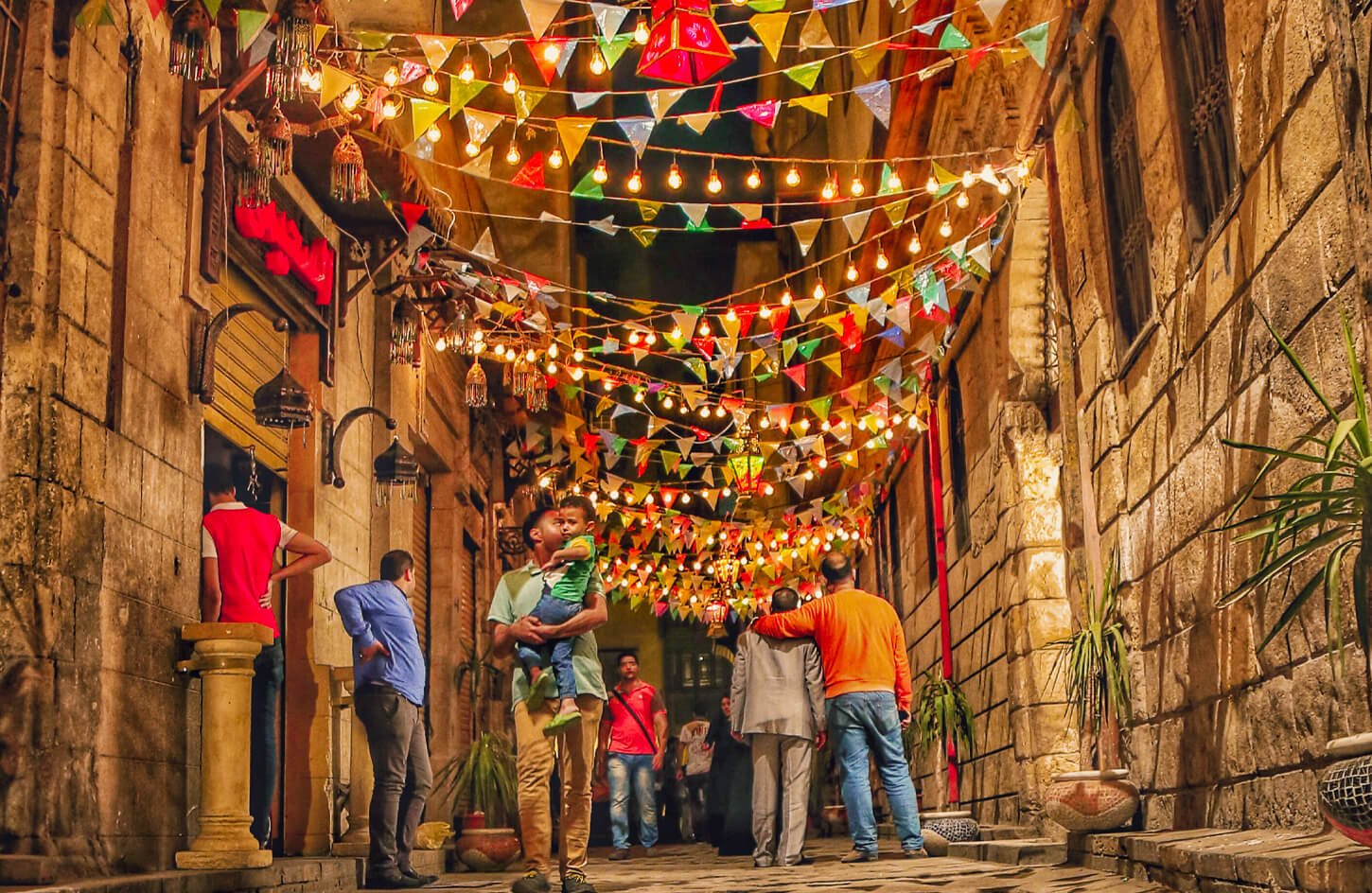
In Cairo’s markets during Sham El-Nessim, I saw families enjoying picnics under the sun. Their eggs were painted in bright colors, just like the pyramids. This moment showed me why Egypt’s festivals are special—they open up the country’s heart.
Imagine enjoying Kahak sweets during Eid al-Fitr or seeing sunlight at Abu Simbel twice a year. These moments make history come alive. They turn old stories into today’s experiences.
Picture dancing to jazz at Sharm El-Sheikh’s Red Sea Festival or exploring books at Cairo’s International Book Fair. Egypt’s festivals are more than dates—they’re a journey to its culture. From Sham El-Nessim to Coptic Easter, each event has its own story to tell.
In Alexandria, you can feel the Mediterranean’s rhythm at its film festival or join iftar gatherings during Ramadan. This guide helps you experience Egypt’s festivals. Whether it’s Wafaa El-Nil or Eid al-Adha, each event is a piece of Egypt’s rich history.
Let’s make your travel plans into a story of laughter, tea scents, and awe. Egypt’s festivals are not just events—they’re open invitations. Are you ready to join in?
Walking through Cairo’s markets, I’ve seen how traditional events in Egypt shape daily life. From the Nile’s banks to Luxor’s temples, every festival tells a story older than the pyramids. Sham El-Nessim, celebrated since 2700 BCE, still brings families together for picnics with salted fish and scallions.
Islamic and Coptic traditions blend seamlessly. During Ramadan, streets light up with lanterns and businesses adjust hours. Coptic Christmas on January 7th marks a 43-day fast with molokhia soup for 10-15% of Egyptians.
Even ancient rituals persist. At Luxor’s Moulid Abu el-Haggag, Sufi whirling dervishes spin near pharaonic ruins. The Abu Simbel Sun Festival still aligns with solar cycles, casting golden light into temples twice a year.
Wondering how to decode the calendar? Festivals often follow lunar or solar cycles, but locals adapt. The Opet Festival’s modern revival now blends motorized boats with ancient processions. Whether it’s a Coptic Easter egg hunt or Eid’s charity feasts, every celebration invites you to taste Egypt’s timeless spirit.
Planning your trip around Egypt’s festival calendar opens doors to unforgettable cultural immersion. Start by studying the Egypt festival schedule to separate fixed dates from those shifting with lunar calendars. Coptic Christmas on January 7th? That’s set in stone. But Ramadan or Eid celebrations? These drift 10–11 days yearly as the Islamic calendar cycles. I’ve seen travelers miss Sham El-Nessim picnics by a week—so double-check the Egypt festival calendar before booking flights!
My top tip? Use official tourism sites and local guides to track events like the Sun Festival at Abu Simbel (Feb 22 & Oct 22). These solar-aligned temple events never change dates—perfect for stargazers. For lunar-based events like Eid Al-Fitr, follow Egyptian government announcements months in advance. Apps like Egypt Events Hub or cultural blogs like Nile Chronicles offer real-time updates.
Flexible travel? Time your visit to coincide with your interests. January buzzes with Coptic traditions and Wadi Zalaga camel races. June’s Sphinx Festival in El Gouna blends ancient and modern arts. August’s Wafaa Al-Nil honors the Nile’s flood cycle—ideal for Nile River cruise bookings. Always book accommodations early: hotels near Luxor fill up fast during Opet Festival’s February processions!
Blend authenticity with practicality. Major festivals like Cairo Jazz or Cairo Bites draw big crowds, so plan for busy transport. But smaller events like the Pharaonic Wedding in October offer quieter, intimate cultural snapshots. Need help decoding lunar shifts? Ask local hosts—they’ll know when Eid Al-Adha’s sheep auctions begin long before any calendar update.

Winter in Egypt brings calm temperatures and lively Egypt annual events. Imagine Coptic Christmas on January 7th, celebrated with midnight masses in Cairo’s historic churches. The air is filled with incense and the smell of fasoolia and fatta as families gather.
This festival shows Egypt’s strong Orthodox roots. Streets in Coptic areas like Maadi light up with string lights.
The Abu Simbel Sun Festival on February 22nd is a must-see. Standing in the temple, I watched dawn light up Ramses II’s statues. It’s a magical sight, a wonder of ancient design.
Local crafts and Bedouin coffee tents fill nearby villages. This event draws history lovers and stargazers.
End your visit at the Cairo International Book Fair (late Jan–early Feb). It’s the Arab world’s biggest literary event. Stalls are full of Arabic poetry and modern Egyptian novels.
Even if you’re not into books, the fair’s energy is captivating. It shows Egypt’s intellectual side, a hidden treasure among Egypt annual events.
Winter also offers quieter moments. On Shaban 15th Night (Feb 25), 2025), Luxor’s mosques hold candlelit prayers. Sufi dancers perform to qasida hymns. Wear a shawl and follow the call to prayer to experience these timeless traditions.
Winter’s festive scenes show Egypt’s coolest months are its most culturally rich.
Spring in Egypt is a colorful mix of old traditions and new fun, shown in the Egypt’s Festivals and Events Calendar. The season’s popular festivals in Egypt let visitors see ancient culture up close. Sham El-Nessim, a 5,000-year-old event, is a highlight. Families gather for picnics with salted fish, colored eggs, and onions.
I’ve seen Cairo’s parks full of families enjoying fisikh and lupini beans. But, I always tell visitors to buy from trusted vendors to stay safe.
Ramadan’s dates change every year because of the lunar calendar. So, check the Egypt’s Festivals and Events Calendar for the latest info. Spring evenings turn into lively markets and iftar gatherings. I’ve joined locals for hibiscus tea at sunset, a unique experience.
Eid al-Fitr comes after Ramadan, closing shops for a happy three-day holiday. Don’t forget to try the kahk cookies at bazaars, great for souvenirs!
Easter and Sham El-Nessim happen at the same time for Coptic Christians. They celebrate with processions at places like St. Mark’s Cathedral. March also brings the Downtown Contemporary Arts Festival (D-CAF) to Cairo’s streets, adding a modern touch.
Plan your visit: the popular festivals in Egypt like these are unforgettable. But, they also mean crowded places and busy streets. Pack light clothes for April’s warmth and an open mind for traditions that connect the past and present.
Sham El-Nessim is Egypt’s oldest traditional event, dating back 4,700 years. Families picnic along the Nile or in parks like Cairo’s Al-Azhar. They enjoy sun-dried fish and fresh herbs, connecting with their ancient past.
Imagine a basket full of Egypt cultural celebrations must-haves. There are colorful eggs, pungent feseekh (salted fish), and crisp onions. Eggs symbolize rebirth, onions purify, and feseekh honors harvests. But, be careful with feseekh, as bad preparation can be risky.
In Alexandria’s corniche, families picnic under palm trees. The name “sham el-nessim” means “inhaling the breeze,” celebrating spring. It’s more than food—it’s a journey of senses. Kids hold paper cones of lupin beans, carrying on traditions through time.
Summer in Egypt is more than just sun and sand. It’s a time of lively Egypt holiday festivities for the adventurous. Let me show you my favorite ways to enjoy the culture while beating the heat.
Begin with Eid al-Adha, a moving experience. Cairo’s streets fill with families in white galabiyas and the smell of mahshi. It’s a time when communities share meals and give meat to neighbors, showing the heart of the Egypt festival schedule.
For a magical sunset, check out the Cairo Opera House’s open-air shows. Enjoy karkadeh while the Cairo Symphony Orchestra plays under the stars. Their summer shows mix classical and folk, celebrating Egypt’s musical heritage.
Beachside fun is big in Alexandria and Sharm El-Sheikh. August’s music festivals offer local bands and cool breezes. Tip: Get to Alexandria’s Corniche by 8pm for sunset and shows without the heat.
Looking for a daytime break? The Salah El Din Citadel’s evening concerts (tickets start at LE5) offer cool seats and local shows. Plus, Khan al-Khalili’s markets are calmer and cooler after sunset.
Remember to drink water, wear linen, and plan for early or late outings. Even in the hottest summer, Egypt’s spirit is at its best. Make sure your Egypt festival schedule includes these unforgettable experiences!
When summer’s heat fades, Egypt’s fall season shines brightly. September’s Mawlid al-Nabi lights up the streets with joy. I’ve seen Cairo’s markets filled with halawet el-moulid treats and heard hymns under twinkling lights. It’s a feast for the senses, blending faith and celebration.
October brings the Abu Simbel Sun Festival, a celestial wonder. The sun shines into the temple at sunset, lighting up Ramses II’s statues. Travelers call it “time travel” for its ancient magic. If you’re in Aswan, don’t miss it.
The Alexandria Mediterranean Film Festival in September turns the coast into a movie set. Films from over 20 countries are shown in ancient Roman theaters. It’s a unique blend of old and new, with falafel by the sea.
In November, the Wafaa Al Nil festival celebrates with stories and crafts. These festive events in Egypt are more than dates. They’re a connection to Egypt’s past and present. Visit between September and November to experience history and community together.

Walking through Cairo during Ramadan, I’ve seen the city change. Ramadan, the Islamic holy month, is a key annual event in Egypt. Families come together for iftar feasts, enjoying dishes like lentil soup and kunafa.
The streets light up with lanterns, filled with life. After Ramadan, Eid al-Fitr brings joy. Kids exchange sweets, and mosques are full of worshippers.
Coptic Christians celebrate Coptic Easter with a different vibe. I’ve seen candlelit processions at St. Mark’s Cathedral. Then, there’s Sham El-Nessim, an ancient spring festival still celebrated today.
Don’t miss Coptic Christmas on January 7th. Churches like St. Saba’s ring with hymns. Even those who aren’t Christian join in feasts of fata stew.
Eid al-Adha is about communal sacrifices. Moulid an-Nabi brings Sufi whirling and poetry in Luxor’s markets. Remember to dress modestly at mosques and ask before taking photos.
Respect local customs during traditional events in Egypt. Remove shoes before entering churches. Join in, but leave offerings as gifts for your hosts.
These celebrations are more than dates; they’re Egypt’s soul. From the scent of incense at Abu Simbel to iftar drums, each tradition connects past and present. Visit during these times to truly experience Egypt’s spirit.
Planning a trip to Egypt? Make sure to visit during a festival to dive into the culture. Check the Egypt festival calendar to find events that interest you. For example, Sham El-Nessim, a 4,000-year-old spring celebration, needs early planning for Nile picnics.
Remember, holidays like Ramadan and Coptic Christmas change dates every year. Being flexible is crucial during these times.
Book your hotel early, as big festivals like the Cairo International Film Festival fill hotels fast. Staying outside cities like Giza can save money. Cairo’s metro is busy, but expect even more people during Eid.
Plan to see sights on non-festival days. Enjoy Cairo Opera House’s summer shows and a Nile cruise together. Check the Egypt’s Festivals and Events Calendar for dates. But, remember, local traditions are important.
Be open to surprises. Enjoying foul during Ramadan or tarab music in Luxor is part of the adventure. Download the latest calendar, plan wisely, and let curiosity lead you.
Want to dive deep into Egypt cultural celebrations without missing a beat? Start by dressing respectfully. Women should cover shoulders and knees, at religious events. Locals appreciate modesty, so loose-fitting clothes and scarves for shoulders work wonders. I’ve seen visitors blend in beautifully by following this simple rule.
During Ramadan, avoid eating or drinking in public spaces between sunrise and sunset—even if you’re not fasting. Cafés and hotels offer private areas for non-fasters, so ask around. This shows respect for the 90% of Egyptians observing this holy month. At Egypt holiday festivities like Eid al-Fitr, greet people with “‘Eid mubarak!’—it’s a warm way to join the joy.
Before snapping photos, always ask permission. Weddings and family gatherings are photo-friendly, but religious ceremonies like Moulid an-Nabi might require extra care. A simple “ibahah?” (permission?) goes a long way. And if invited to a shababa (wedding celebration), bring a small gift—locals love seeing you embrace their traditions.
Learning a few phrases makes all the difference. “Shukran” (thank you) and “maa aslan” (my pleasure) open doors to heartfelt interactions. And when offered food, accept it! Turning down a plate of ful medames or koshari might offend hosts. Just explain dietary needs gently if needed.
Remember: Egyptians value warmth over perfection. If you slip up, a smile and apology in Arabic (“asif”) smooths things over. By respecting these customs, you’ll gain invitations to henna nights or family gatherings—moments that turn travel into true connection.
Going to popular festivals in Egypt or festive events in Egypt means you need to pack right. I once went to a winter Nile celebration in flip-flops on a cold night! Let’s look at what you should bring for each type of festival.
For summer events like Sham El-Nessim, wear light cotton and breathable clothes. A big hat and sunscreen with SPF 30+ are essential for staying cool in the sun.
At religious festivals like Eid or Coptic celebrations, you should wear modest clothes. Bring long sleeves, a headscarf for women, and soft shoes. In winter, wear layers like thin thermal shirts under linen shirts for changing temperatures.
Remember to bring a small bag with 20-50 EGP for street food at festive events in Egypt. A refillable water bottle is also a good idea. Bring a small stool for long events like the Giza Sound & Light show and a camera for the Ramadan Lantern Festival.
Tip: Pack small gifts like Egyptian cotton scarves for family gatherings. Always have a ziplock bag for wet swimwear at summer popular festivals in Egypt near beaches. And don’t forget extra tissue packs for public restrooms, which often run out during big events. Smart packing makes any festival unforgettable!
Egypt’s cultural celebrations are more than just dates. They are the heart of the country’s spirit. Whether you’re enjoying mint tea during Ramadan or dancing at Sham El-Nessim, these moments change travel into a journey of the soul.
Use Egypt’s festival schedule to find these special moments. Experience the Abu Simbel Sun Festival’s sunlit rays or the Cairo Opera House’s summer shows.
Plan your trip with Egypt’s festivals in mind. The best time to explore is from October to April, when the weather is perfect. A $25 visa and a budget of $1,600 make it easy to enjoy Coptic Christmas or Ramadan’s ful mudammas.
Remember to pack light, a journal for stories, and a reusable water bottle.
Take the spirit of Egypt home with you. Create a playlist of zills music, write down a fava bean stew recipe, or share lanterns with vendors. Each festival is a piece of Egypt’s eternal story. Let the Nile’s rhythms guide you. Every celebration is a chance to belong. When you join in, you become part of the story.
Read more related articles:

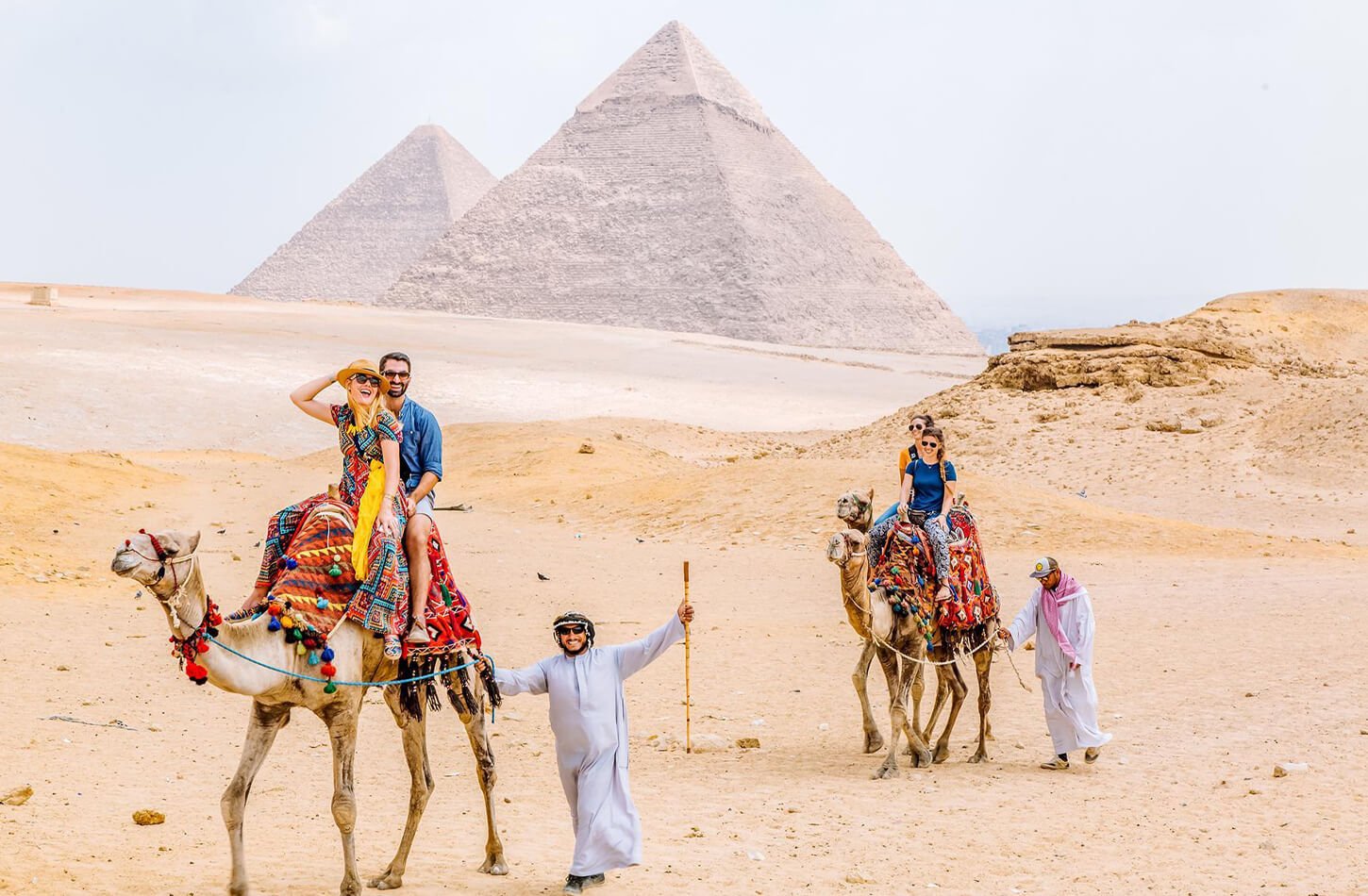
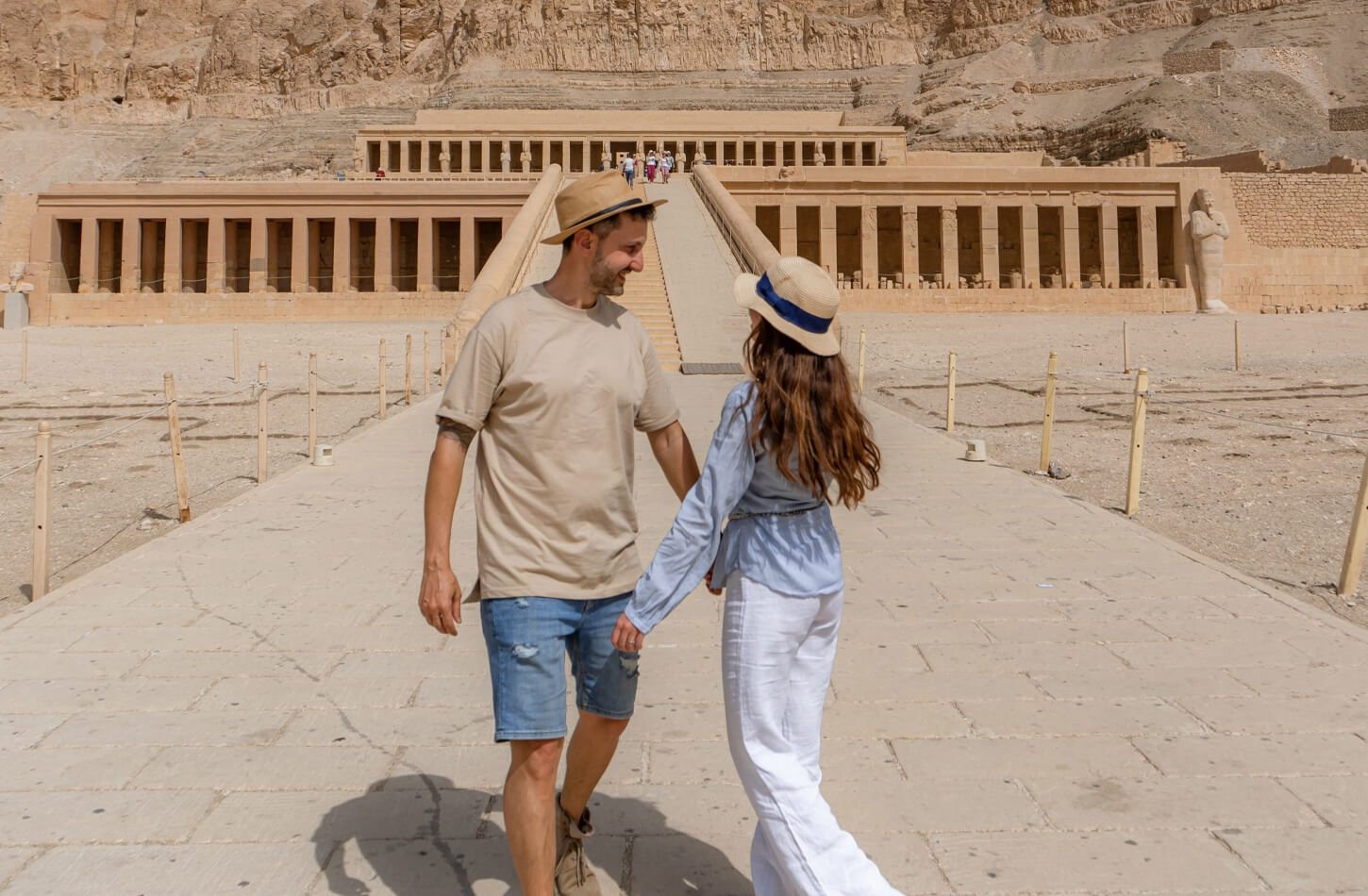
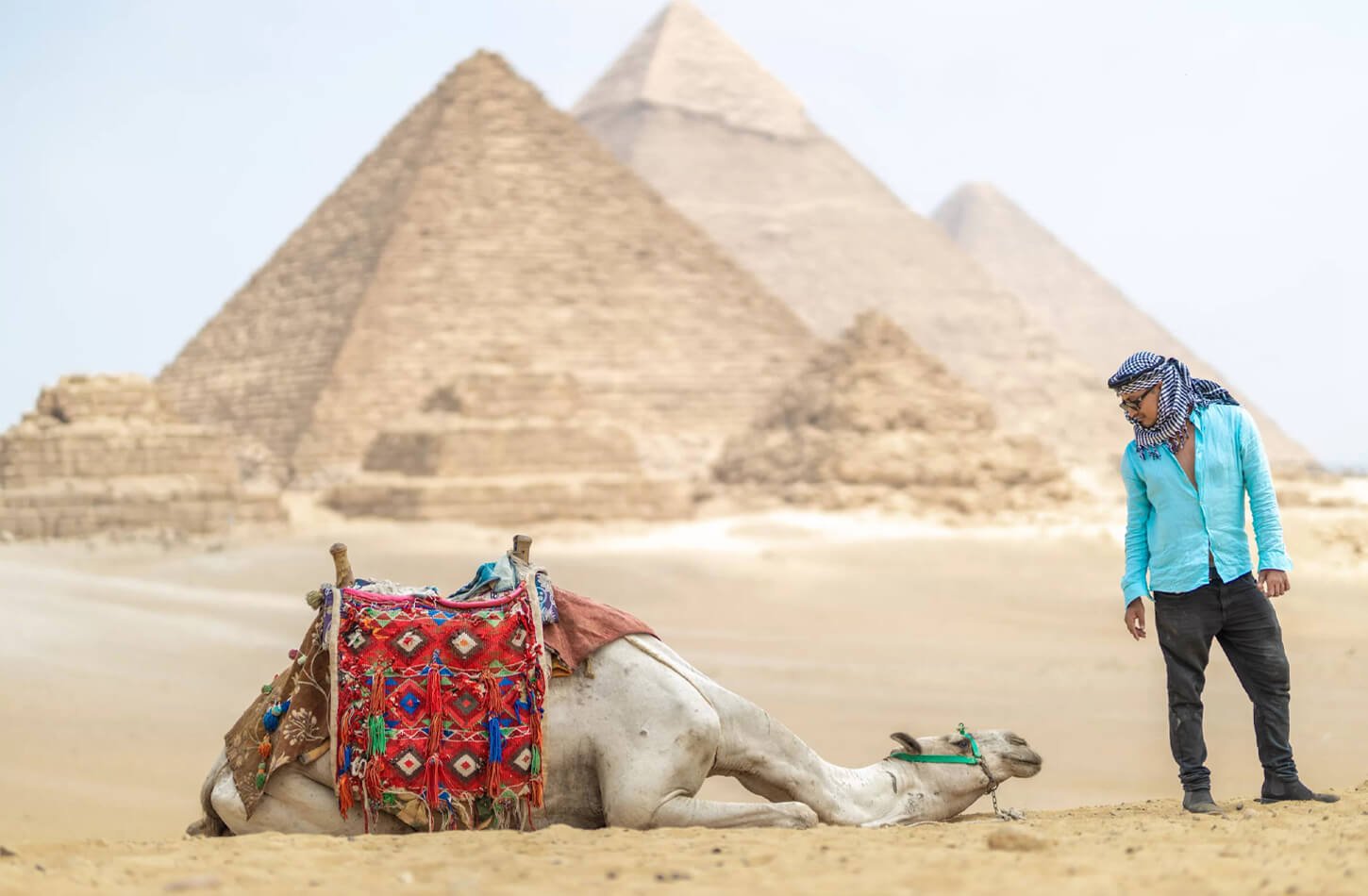
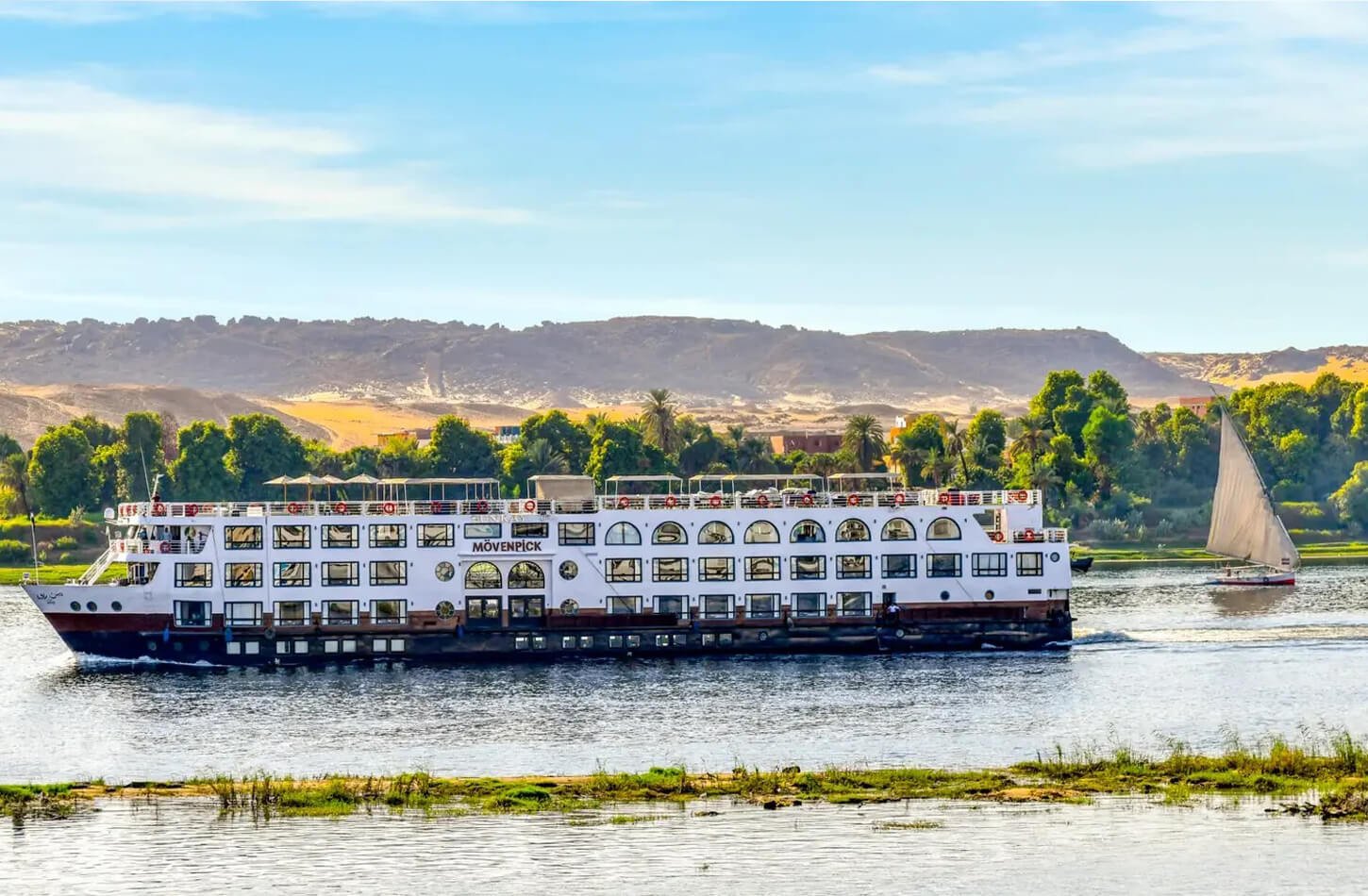
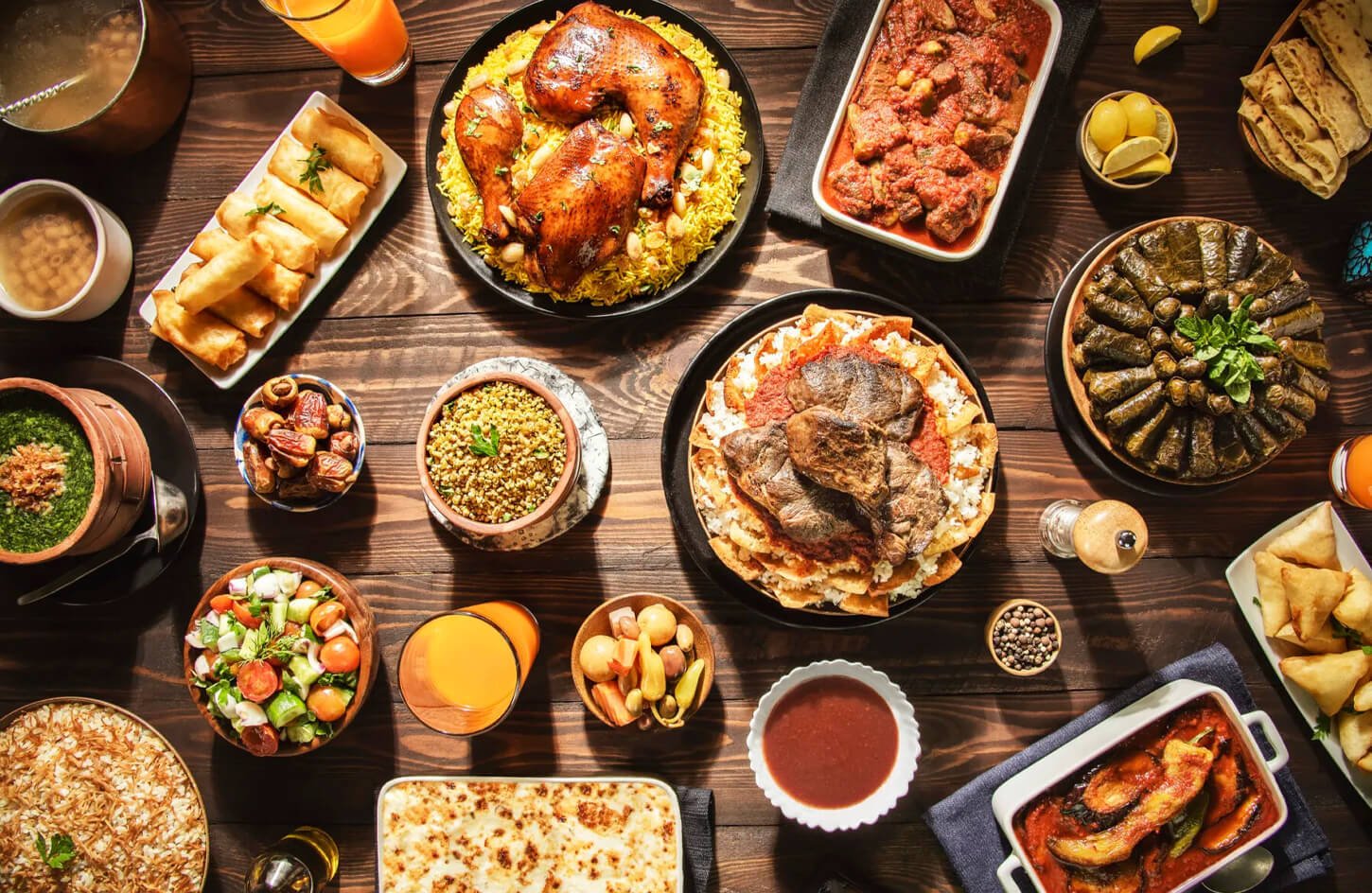

Don't just get there, get there in style.
Information
Follow Us
Payment channels
